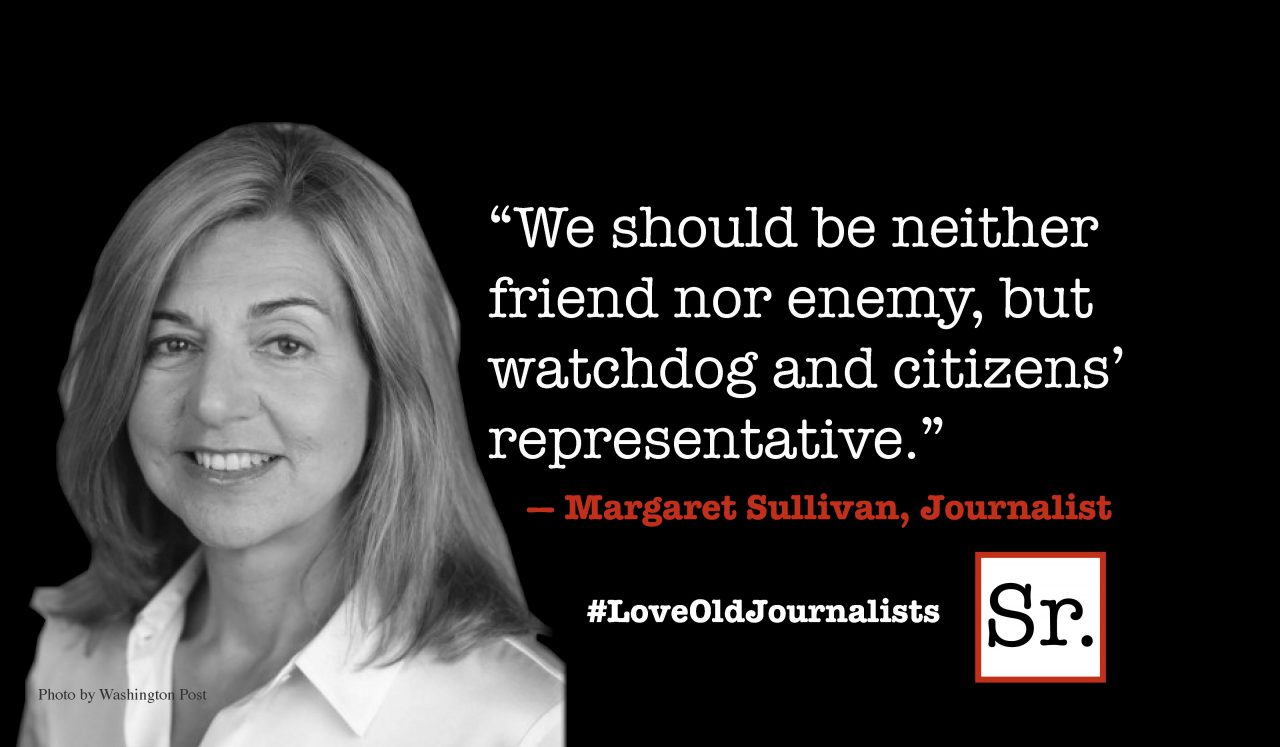Even this fashion backwards film reviewer recognizes the late Yves Saint Laurent, the French couturier who pioneered classy ready-to-wear clothing and founded a wildly successful company that bears his name.
But if you want to understand exactly who Yves Saint Laurent was — well, you’re not going to get much help from “Saint Laurent,” writer/director Bertrand Bonello’s fragmented, impressionistic epic (like, 2 1/2 hours).
The film is great looking and at moments offers a near-documentary feel for the ’60s and ’70s when Saint Laurent was at his creative peak.
But it tells us surprisingly little about the man, his design ethos, or even the fashions he created.
Like a plate of spaghetti thrown against a wall, the film is scattered and splattered, frequently colorful but impossibly messy. Individual moments stick in the mind, but the overall impression is one of angst and hedonistic excess.
As the young Saint Laurent (who is portrayed in his dotage by Helmut Berger), Gaspard Ulliel is eerily believable — thin, high cheekbones, a shy smile, oversized glasses and a mop of Beatle-ish hair. But the film won’t let the actor explore the character’s inner life. This fellow may be a design genius (you’ll have to take that as a given, since the film makes no effort to actually make the case), but mostly he comes off as an idiot savant living a hermetically sealed life.
We do pick up a few scant biographical tidbits. He was born in Algeria and had a mental/emotional breakdown while a conscript of the French army.
By the time the film begins Saint Laurent is already famous; there’s no exploration of how he got there.
Bonello and co-writer Thomas Bidegain often approach their subject tangentially. Early on there’s a scene focusing on the seamstresses working for Saint Laurent. These women are clearly overtaxed and overstressed but plug on with professional determination, even when they’re forced by their demanding boss to scrap their efforts and start over. Saint Laurent isn’t even seen — his presence is indicated by the classical recordings drifting through the building, a sure sign that he’s on a creative binge — but his perfectionist ways clearly have trickled down to each and every employee.
His relationship with his workers is, well, prickly. At one point he has a conversation with a female employee who’s going through a traumatic time. Saint Laurent seems sympathetic, but shortly after tells one of his managers that he doesn’t want to see the woman again.
There’s a delicious stand-alone moment set in a nightclub where Saint Laurent notices a tall ethereal blonde — a model for a rival fashion house — and vows to poach her for himself. The woman — Betty Catroux (Aymeline Valade) — probably zonked on something, dances alone to Screamin’ Jay Hawkins’ “I Put a Spell on You.” It’s almost unbearably sensuous and feels like a summation of the whole Studio 54 era of clubbing.
Other extended scenes are wanting. At one point Saint Laurent’s business manager (and one-time lover) Pierre Berge (Jeremie Renier) holds a long business meeting with their American partner. It goes on for, like, 10 minutes, and it’s about as interesting as your average business meeting. Which is to say hardly at all.
The film suggests that Saint Laurent was torn between his spiritual and physical urges. He kept a shrine in his home of priceless Buddha miniatures — though this may have been proof of aesthetic rather than religious yearnings. But he certainly devoted much energy to his drug consumption and his love life, which culminated with his torrid affair with Jacques de Bascher (Louis Garrel), a debauched young “nobleman” who partied hearty and kept a gynecologist’s exam chair in his living room. Eventually Berge had to lead an intervention to separate the two (de Bascher later died of AIDs).
Though individual moments of “Saint Laurent” propelled by rock and disco music, the overall sensibility is one of languid ennui and spiritual/intellectual emptiness. In this the film probably reflects the attitude of its subject.
If this is what it’s like being rich and famous, let me be satisfied with the mundane.









